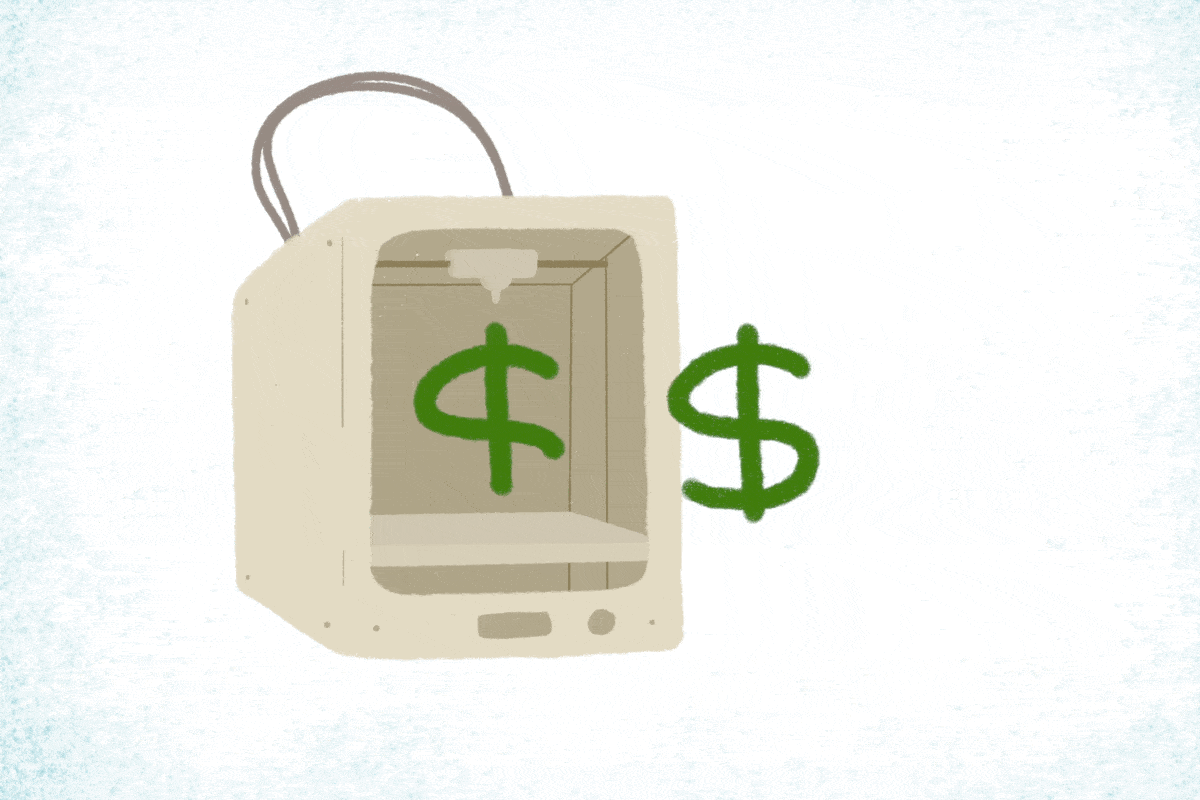In a world where on-demand 3D printing is the norm, companies will face a choice between keeping spare parts on hand and printing them only when needed. But it’s not as simple a choice as it might seem on the surface.
.
Jeannette Song, an operations professor at Duke University’s Fuqua School of Business, has created a mathematical model to help firms balance the costs of storing spare parts and the need to have them instantly available.
.
Parts suppliers know they need spares on hand in case something breaks. But no one knows what will break and when, so companies have to keep a wide variety of spare parts in inventory in large quantities. This, Song said, is expensive and inefficient. “It takes up space and capital,” she said, “and there is the risk of spoilage and damage.” The advent of 3D printing means manufacturers can print what […]
Case Study: How PepsiCo achieved 96% cost savings on tooling with 3D Printing Technology
Above: PepsiCo food, snack, and beverage product line-up/Source: PepsiCo PepsiCo turned to tooling with 3D printing...





0 Comments